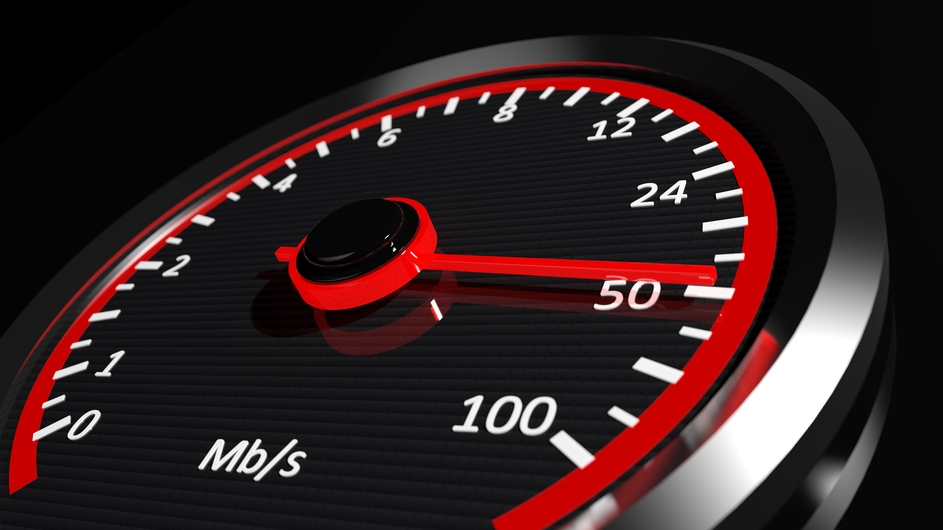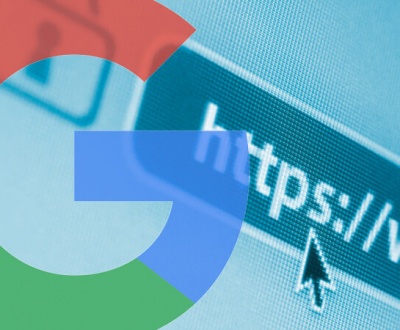Proven Strategies to Speed up your Website and Boost Conversion Rates
- 6th January 2014
- Knowledge Centre
Proven Strategies to Speed up a Website and Boost Conversion Rates
Independent research has shown the faster a website is, the better the sales conversion rates will be. There have been a lot of studies in this area. A study conducted by Zoompf and Moz could not correlate page load time and ranking on Google. The search engine, however, announced an update in 2010 would factor in site speed when ranking. While load time may not seem to have a direct affect on search engine ranking, it does impact the experience users have.
Load time, therefore, should be a priority. Users can always turn to a competitor’s site if yours lags behind. By boosting the performance of a website, the more traffic you can potentially receive. This means the possibility for more sales. Aside from search ranking, you should consider the correlations which have been discovered regarding site performance, conversion rates, user engagement, and the overall satisfaction of customers. Slow sites simply draw people away, even more so on mobile devices.
The Impact of Slow Performance
A study on load time vs. online revenue was conducted by Amazon in 2006. According to Greg Linden, for every 100 millisecond page load delay, there was a 1% loss of sales. A more recent study by Intuit reduced page load time from 15 to 2 seconds and found a large increase in conversions per each second cut from load time. From 15 to 7 seconds, there was a 3% increase in conversions. For each second cut from 7 to 5, there was a 2% increase, while the gain was 1% for each second going down from 4 to 2.
While this report found more value in the primary optimization efforts, another report by Kyle Rush discovered a reduction of load time from 5 to 2 seconds resulted in an increase of donations by 14%. This directly contributed to an additional $34 million in election contributions during that time. A great deal of research has supported the benefits of speeding up site performance. The perks are more pronounced the slower a site is, and the more traffic it has.
Where to Begin
Optimizing the speed of a site raises questions such as how fast should it be. Research from Forrester found a large number of users expect load times of less than two seconds, while millisecond calculations are useful mainly for high traffic sites. New sites can get by on 4-6 second load times. These time quantities can be measured using a free tool, WebPageTest.org. You can even select specific locations around the world to load from and track times.
Getting the process started can be tough too. You should look at web server performance and the workings of other database infrastructure. These affect how images, JavaScript, CSS, Flash, and more load. There’s much more to the puzzle than the page request; most of the load time involves these other elements mentioned. Here are a few things to consider in optimizing your page speed.
Page Size
Typically the more content you have, the larger the page and the longer it takes to load. Smaller pages load faster and also diminish network bandwidth used on the hosting provider’s end. Some strategies include HTTP compression – go to WhatsMyIP.org to see if compression is used on the site; it lets you test links to files and the URL itself. By configuring a server accordingly, you can increase performance speeds, although images do not have to be further compressed and this would require additional processing time.
Server admins and hosting providers can turn compression on. You could too if there’s access to configuration settings. Cutting down on image size is a big boost, since images are often as much as 80% of the total page download. Images can be shrunk by 50% or more. Other tips include to not:
- Use PNG images which are exponentially larger than JPEGs.
- Include PNGs for transparency effects; these are not necessary in most cases. In fact, PNGs are more suited for logos and images with text.
- Ignore JPEG image quality settings. A 50-75% quality setting reduces image size, while not being noticeable to the user’s eye. Most images should be smaller than 100k.
- Forget to remove metadata from images. Thumbnail, comment, and other data add to image size and are not useful for website users. Have a backup copy created, while the streamlined image can be uploaded to the site.
Page sizes can also be reduced through minification, a process removing extra comments and spaces in website source code. This applies to Javascript and CSS content. The names of functions and variables can be shortened as well. File size is reduced while rendering is performed in the same manner; this also makes it harder for competitors to copy and modify content. There are numerous compression tools for Javascript and CSS, including JSCompress and YUI compressor.
Browser Requests
Web pages often trigger numerous browser requests for outside resources. Cut down these requests, and load time decreases; just reduce the amount of JavaScript files, images, analytics, and more. Google’s homepage is an example. It is simple but the simple interface does not depend on other resources so it loads fast.
If you can’t avoid browser requests, then set your page to allow browser caching. Sometimes, dependencies don’t change often, so extra resources don’t have to be continually downloaded. You can turn on caching for images, JavaScript, and CSS to make your page load faster. The tool at redbot.org shows results for cached images and how long they are cached in a browser for. One note is the initial page load will not be faster, but repeat views are sped up by 70% or more.
In addition, you can combine related CSS and JavaScript files. This works especially for files which don’t change much. If they do, you can combine related groups before they are deployed, based on their function. You can also combine small images into CSS sprites. A lot of small items such as icons and buttons can be combined into one image file, known as a sprite. While this is more challenging to do, graphically rich sites can be sped up significantly.
Hosting Distance
The farther a user is from where a website is hosted, the longer it will take to load. This is especially true for content heavy and high traffic sites. Content Delivery Networks such as Akamai, Amazon CloudFront, and CloudFlare can help speed up the delivery of images and other items by changing their URLs. Browsers can then look for content on the network and return it to the browser, or pull it from the given website. Individual images, for example, are then copied to nodes around the world, making it faster to receive at the closest location.
Conclusion
You can easily speed up a website by reducing its size, the number of browser requests made during loading, and minimizing distance. Search ranking is not directly correlated with speed, but user engagement and conversions are. Users will not stay around if a page is loading slowly, giving your competitors an advantage. The ultimate impact is a decrease in search ranking. It’s important to consider different strategies, some which may apply more given how your site is structured. Website performance can be analyzed with free tools such as the one at zoom pf, but there are many which look at a multitude of causes.
About us and this blog
We are a digital marketing company with a focus on helping our customers achieve great results across several key areas.
Request a free quote
We offer professional SEO services that help websites increase their organic search score drastically in order to compete for the highest rankings even when it comes to highly competitive keywords.
Subscribe to our newsletter!
Recent Posts
- Facebook adds new tools for local discovery and commerce 19th October 2016
- So we have 45 more characters in AdWords text ads… Now what? 8th August 2016
- How Pokemon Go Is Driving Insane Amounts of Sales at Small, Local Businesses 11th July 2016










